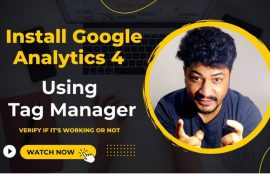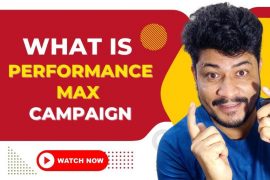Updated February 1st, 2020
Basic PPC Terminology Used in Google Adwords
If you are planning to use Google AdWords as a part of your Digital Marketing Strategy then there a lot of terms used in PPC which you should really understand and get yourself comfortable with.
To start with the basics, CPC is Cost per Click which is the amount of money an advertiser pays search engines and other publishers for a single click on its advertisement that brings visitors to its website.
Enhanced CPC or ECPC is an automatic bid management feature designed to increase ROI by raising or lowering bids for keywords.
Wherever you will read about PPC, you will come across this term for sure, Click through Rate or CTR.
It is a way of measuring the clicks out of no of impression of a keywords and is determined by dividing the number of users who clicked on an ad by the number of impressions. Impression is number of people who see your PPC ad.
Key Terms used in PPC Campaign
There are different payment plans available for PPC campaigns depending on the objective of the campaign. Cost per Lead (CPL) or Cost per Acquisition (CPA) pricing refers to the amount of money an advertiser pays search engines and other internet publishers for a lead generated on its advertisement.
On the other hand, Cost per Thousand Impression or CPM pricing means advertisers pay their maximum bid amount for every one thousand impressions received. Another type of pricing used with TrueView video campaigns is Cost-Per-View (CPV) which is a bidding option that allows users to pay each time your video is played.
Other Important terms in PPC
Landing Page – This is the webpage where customers end up after they click ad.
Remarketing – This allows advertisers to show ads to users who have previously visited website as they browse other sites on the Display Network.
Contextual Targeting – This is a targeting feature that matches ads to other relevant sites on the Display Network using keywords and/or topics.
Frequency Capping – This is a feature that enables advertisers to create a threshold for the number of times ads appear to the same person on the Display Network.
Geo targeting – This campaign setting allows advertisers to specify the regions, states, geographical countries etc. where their ads will be served.
Return on Investment (ROI) – This is the ratio of money gained or lost on an investment relative to the amount of money invested.
Quality Score – it is the formula used by search engines that takes CTR and several other factors into account in order to decide whether keywords are relevant to ads and landing page.
Ad Extensions – These are the additional incentives that increase the likelihood that users will click ads. These can include phone numbers,business addresses, additional site links, specific product information etc.
AdSense – It is a Google-based product that compensates website owners for showing relevant Display Network ads on their site.
Bounce Rate – It is the Percentage of people who enter website but leave without visiting any other page.
Cookies – This is a small file saved on people’s computers to help store preferences and other information regarding previous search history.







![How to Fix Invalid Value GTIN [gtin] – Google Merchant Center How to Fix Invalid Value GTIN](https://adonwebs.com/aw/wp-content/uploads/2022/08/How-to-Fix-Invalid-Value-GTIN--270x180.jpg)




